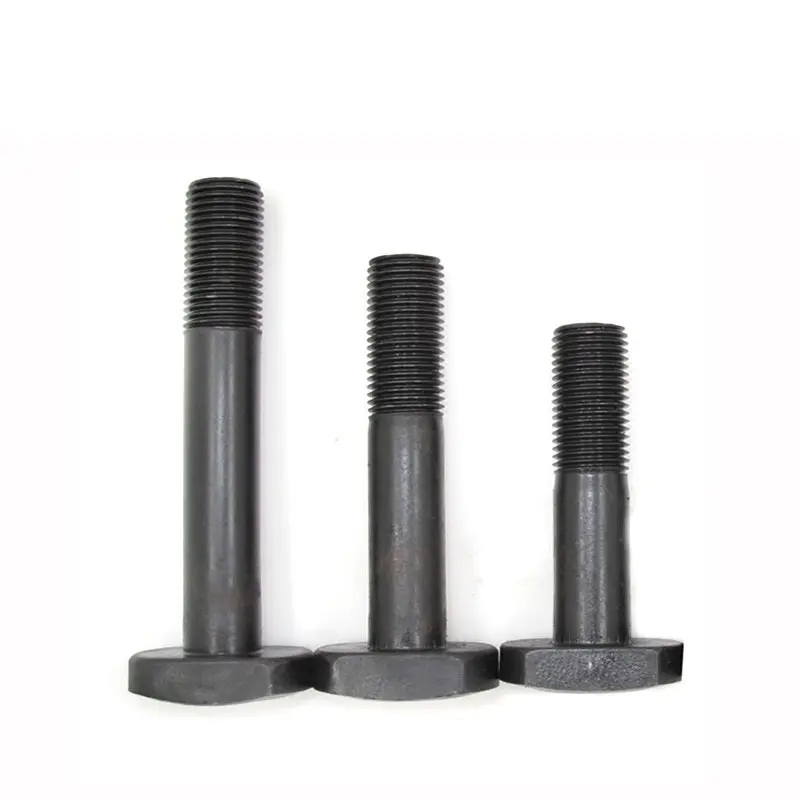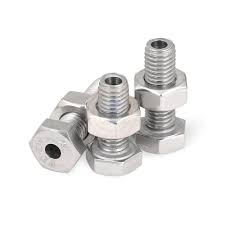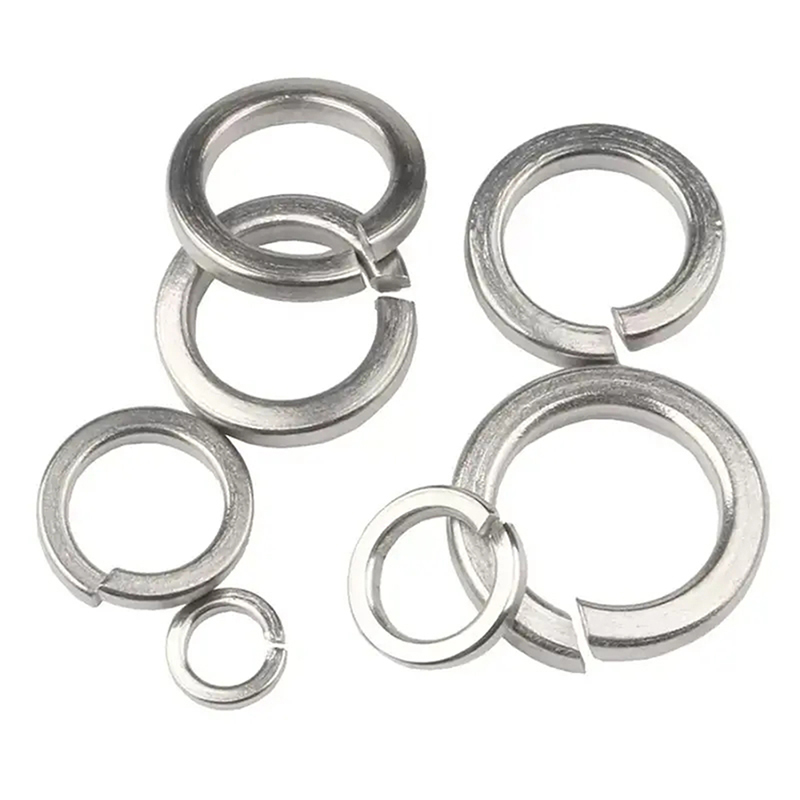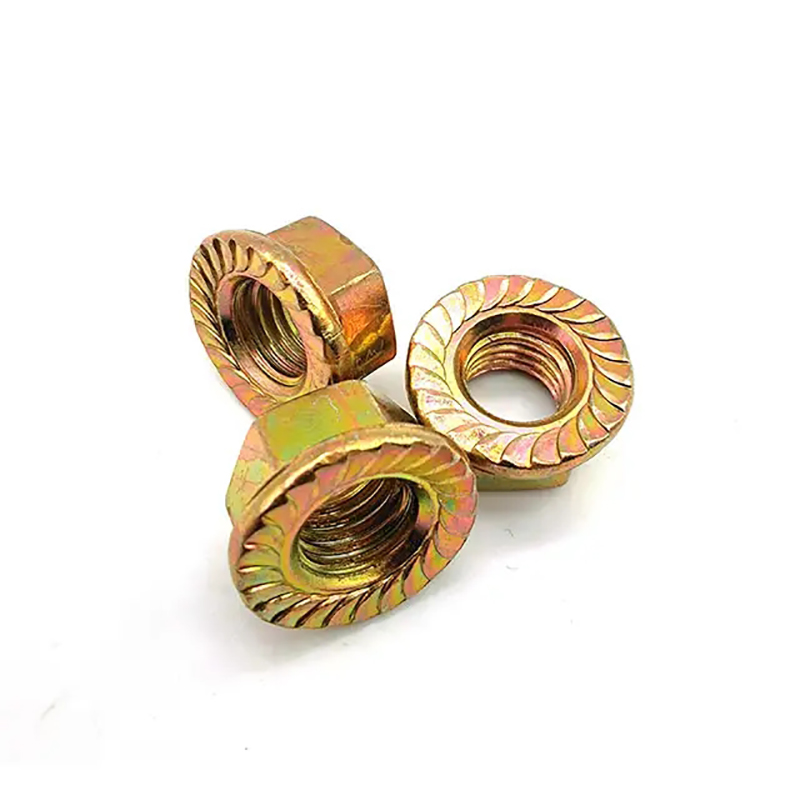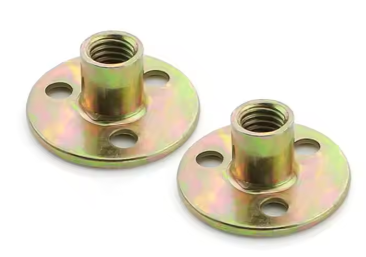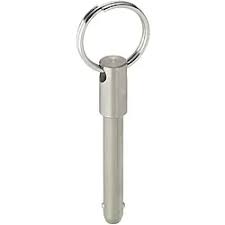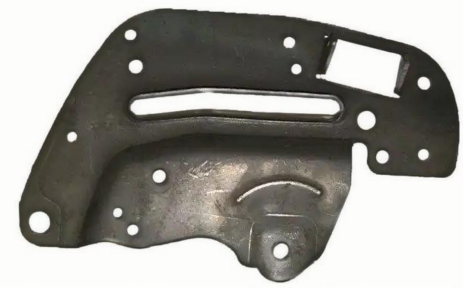

This guide provides a practical approach to sourcing and buying non-standard parts, addressing common challenges and offering solutions for manufacturers and businesses seeking customized components. We'll cover everything from identifying your needs to selecting reliable suppliers and ensuring quality control. Learn how to navigate the complexities of non-standard parts procurement and find the perfect fit for your project.
The first step in successfully procuring non-standard parts is clearly defining your needs. This involves detailed specifications, including dimensions, materials, tolerances, surface finishes, and any other relevant characteristics. Ambiguity can lead to delays and costly errors. Consider creating detailed drawings or 3D models to communicate your requirements effectively. Remember to specify the quantity required, as this impacts pricing and lead times.
Selecting the right material is crucial for the performance and longevity of your non-standard parts. Consider factors such as strength, durability, corrosion resistance, temperature resistance, and cost. Common materials for non-standard parts include various metals (steel, aluminum, brass, etc.), plastics, and composites. The choice will depend heavily on the application and operating environment.
The internet offers numerous resources for finding suppliers of non-standard parts. Online marketplaces and industry-specific directories can help you locate potential suppliers based on your specific requirements. However, always thoroughly vet potential suppliers to ensure they meet your quality and reliability standards.
For complex or highly specialized non-standard parts, consider contacting manufacturers directly. This allows for a more personalized approach and gives you greater control over the design and manufacturing process. Many manufacturers, like Hebei Dewell Metal Products Co., LTD, specialize in custom fabrication and offer expertise in various materials and processes.
Before committing to a supplier, thoroughly evaluate their capabilities and reputation. Check their certifications (e.g., ISO 9001), review customer testimonials, and request samples to assess their quality control processes. Consider their capacity to meet your production volume and delivery timelines.
Pricing for non-standard parts often involves a combination of factors, including material costs, machining time, tooling costs (if applicable), and quantity discounts. Negotiate pricing transparently, ensuring a clear understanding of all costs involved. Consider requesting multiple quotes from different suppliers to compare pricing and services.
Implement robust quality control measures throughout the entire process, from initial design to final delivery. This may include regular communication with the supplier, periodic inspections, and comprehensive testing of the finished non-standard parts. Establish clear acceptance criteria to ensure the parts meet your specifications.
Lead times for non-standard parts can vary significantly depending on the complexity of the part, the supplier's capacity, and the material availability. Plan accordingly, allowing sufficient time for the manufacturing and delivery process. Effective communication with your supplier is critical in managing lead times.
Design changes during the manufacturing process can lead to delays and increased costs. Therefore, meticulously review and finalize your designs before placing your order. Maintain open communication with the supplier to address any unforeseen issues promptly.
| Factor | Considerations for Non-Standard Parts |
|---|---|
| Lead Time | Expect longer lead times compared to standard parts. |
| Cost | Generally higher than standard parts due to customization. |
| Quality Control | Requires more stringent quality checks and inspections. |
By following these steps, businesses can effectively source and buy non-standard parts, ensuring the success of their projects and maintaining high levels of quality and efficiency.

